CDC Just Revealed 5 Ways You Can Shrink Your Waistline Without Extreme Dieting
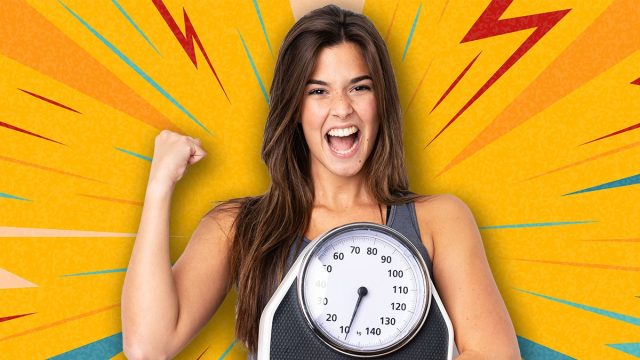
With so much contradicting information from experts, influencers, and people you know, losing weight can feel overwhelming. Luckily, the Centers for Disease Control and Prevention, aka the CDC, simplifies it for us. Earlier this year, the health organization revealed five easy steps to losing weight, making the process more manageable.
First, Aim for 1 to 2 Pounds a Week
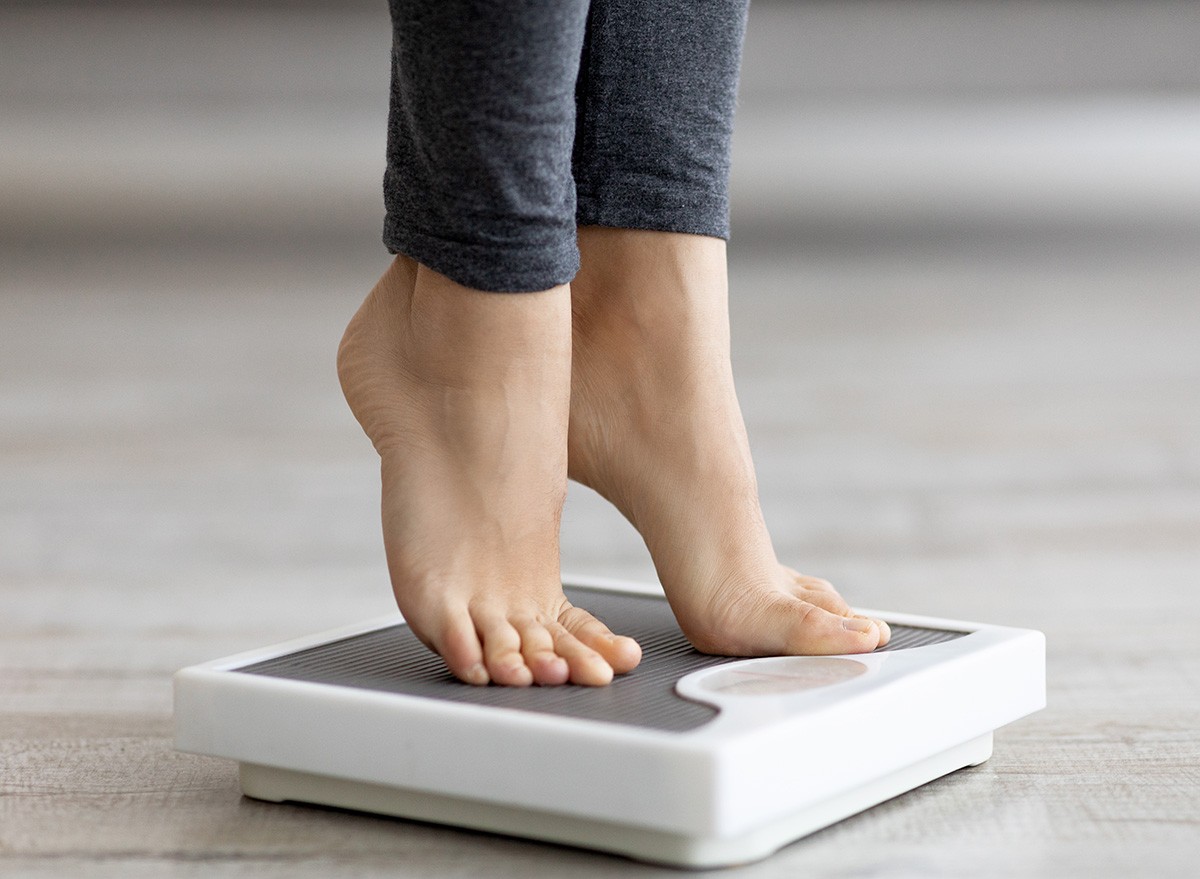
The first thing they want you to know? Don't try to lose weight too fast. "People who lose weight at a gradual, steady pace—about 1 to 2 pounds a week—are more likely to keep the weight off than people who lose weight quicker," they say, revealing the steps.
RELATED: 20 Foods You Didn't Know Were Ultra-Processed
Step 1: Understand Your "Why"
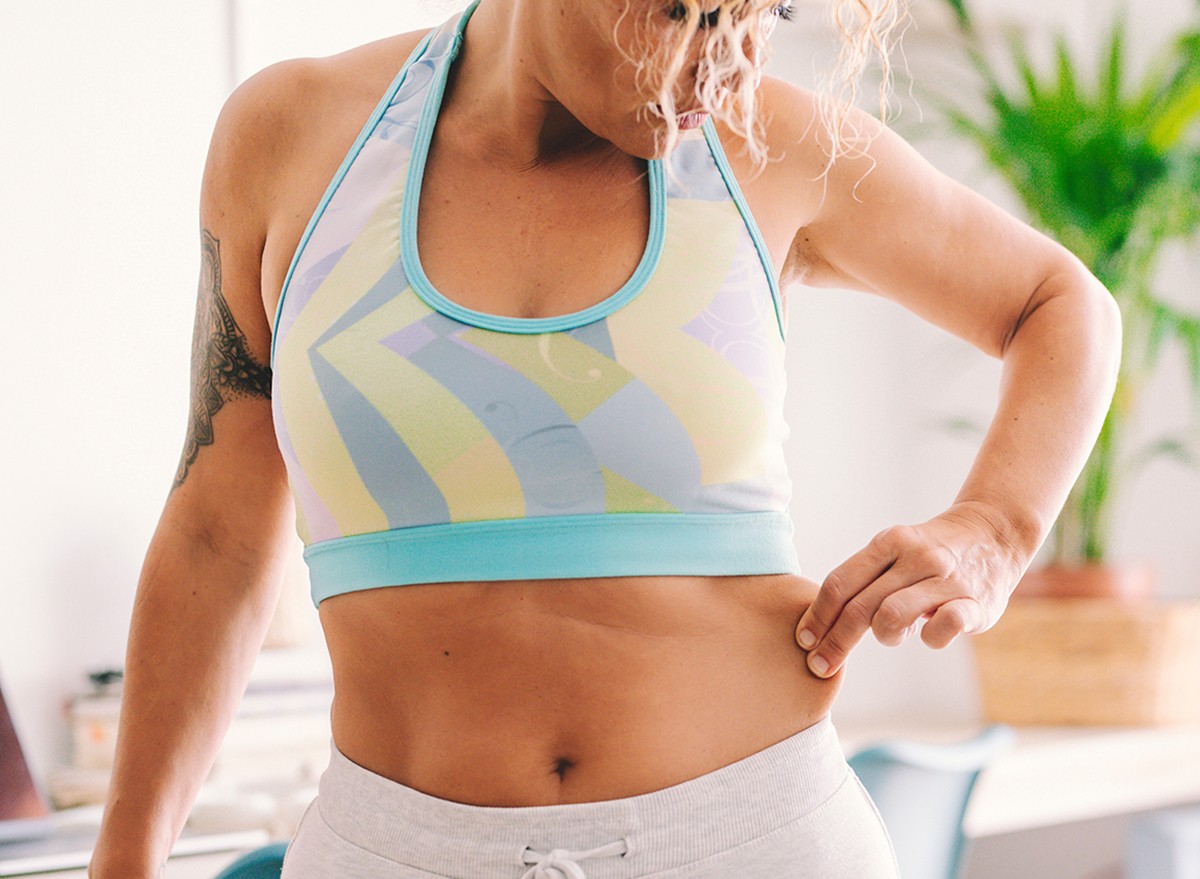
The first step is understanding why you are trying to lose weight. Is it for health reasons, or do you want to be more physically active? "Writing down your reasons will help you stay focused on your goal. Place your reasons where you can see them daily to remind yourself why you want to make this change," the CDC suggests.
Step 2: Track Where You Are
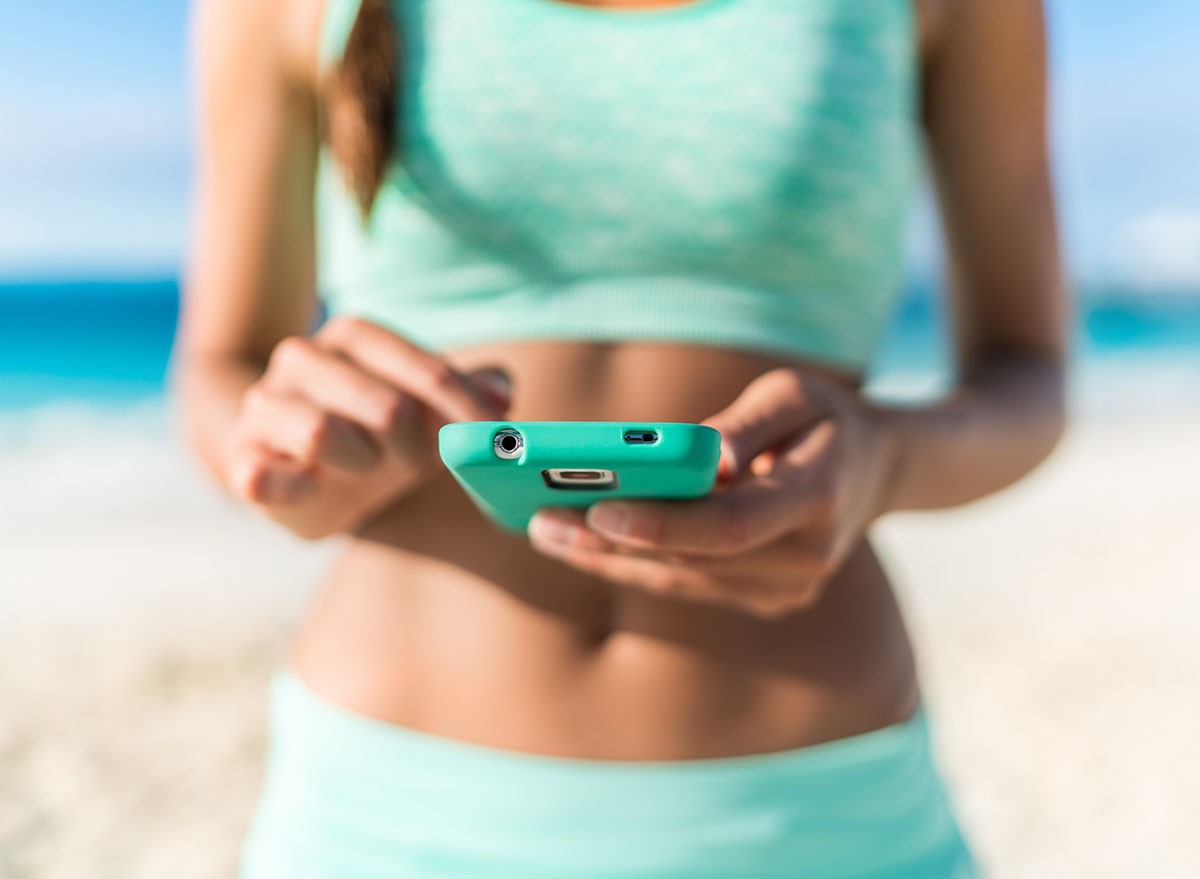
Next, track where you are to determine the areas you should focus on for improvement. "You can start by tracking your nutrition, physical activity, and sleep," the CDC advises. They recommend writing down or using an app to track such things as nutrition, physical activity, sleep, stress, and other wellness facts. You can benchmark your progress with this useful Lean Body Mass Calculator.
Step 3: Set Specific Goals You Can Reach in a Realistic Time
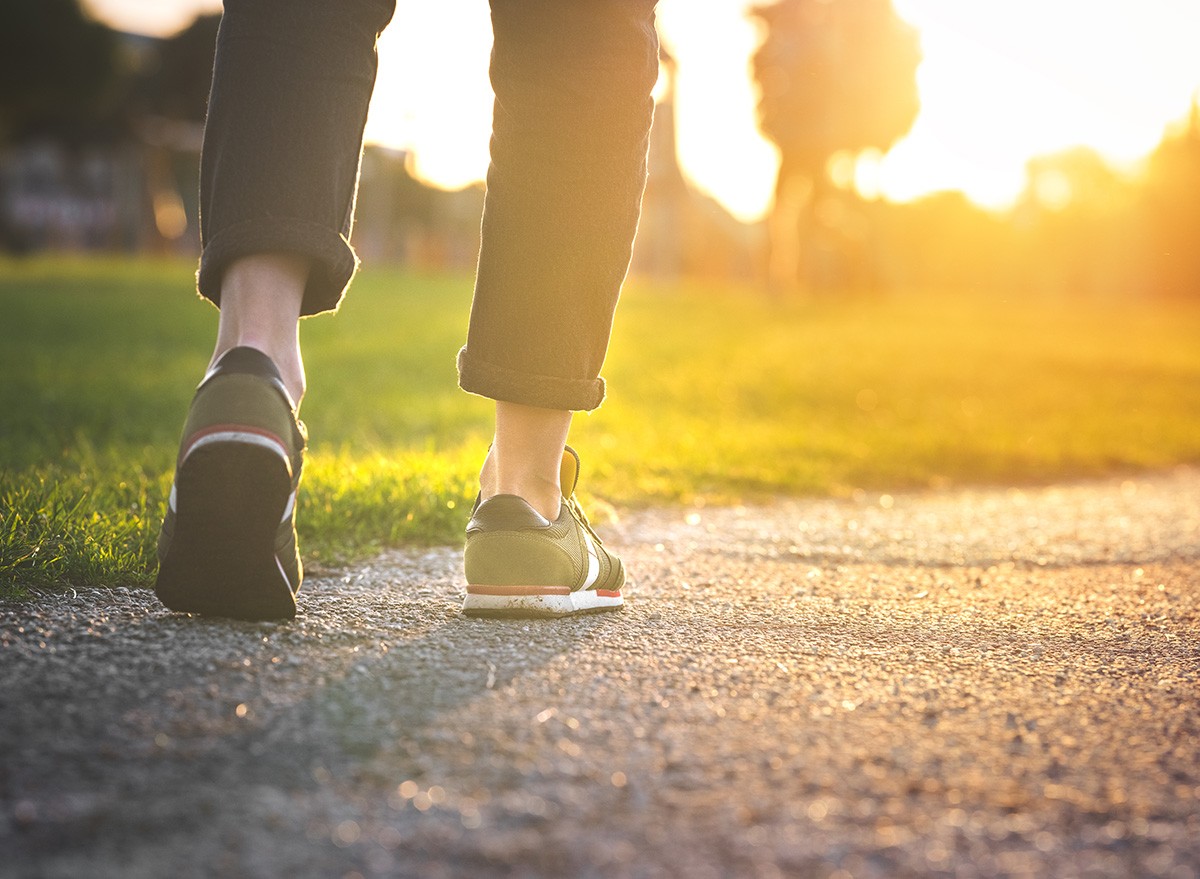
Next, set specific goals you can reach in a realistic time. "Set short-term goals and reward your efforts along the way. Short-term goals might include drinking water instead of sugary beverages, taking a 15-minute evening walk, or having a vegetable with supper," they write. You should focus on two to three at a time that are specific and realistic, like walking 15 minutes three days a week. "Setting unrealistic goals, such as losing 20 pounds in 2 weeks, can leave you feeling defeated and frustrated," they point out.
RELATED: 20 Superfoods for People Over 50
Step 4: Find Support
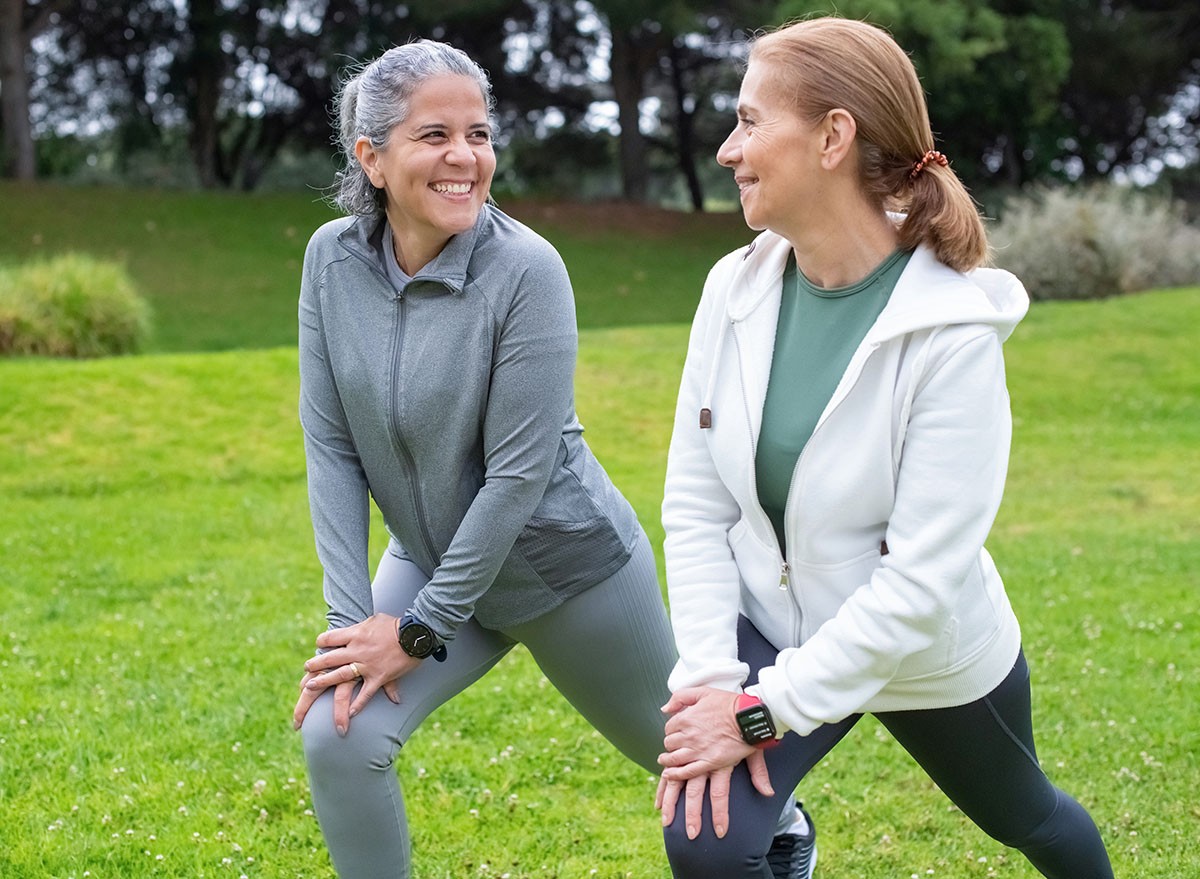
"Identify family members or friends who will support your weight loss efforts. Coworkers or neighbors with similar goals might share healthy recipes and plan group physical activities.
It may help to join a weight-loss program or visit a healthcare professional, such as a nutrition or weight-loss specialist. Ask for a follow-up appointment to monitor changes in your weight and any related health conditions," they suggest. You can also get your healthcare provider involved.
"Establishing healthy habits are very difficult when healthy choices are limited. Consider looking up your local community resources, such as food pantries, farmers markets, parks and recreation, and trails," they say.
Step 5: Monitor Your Progress
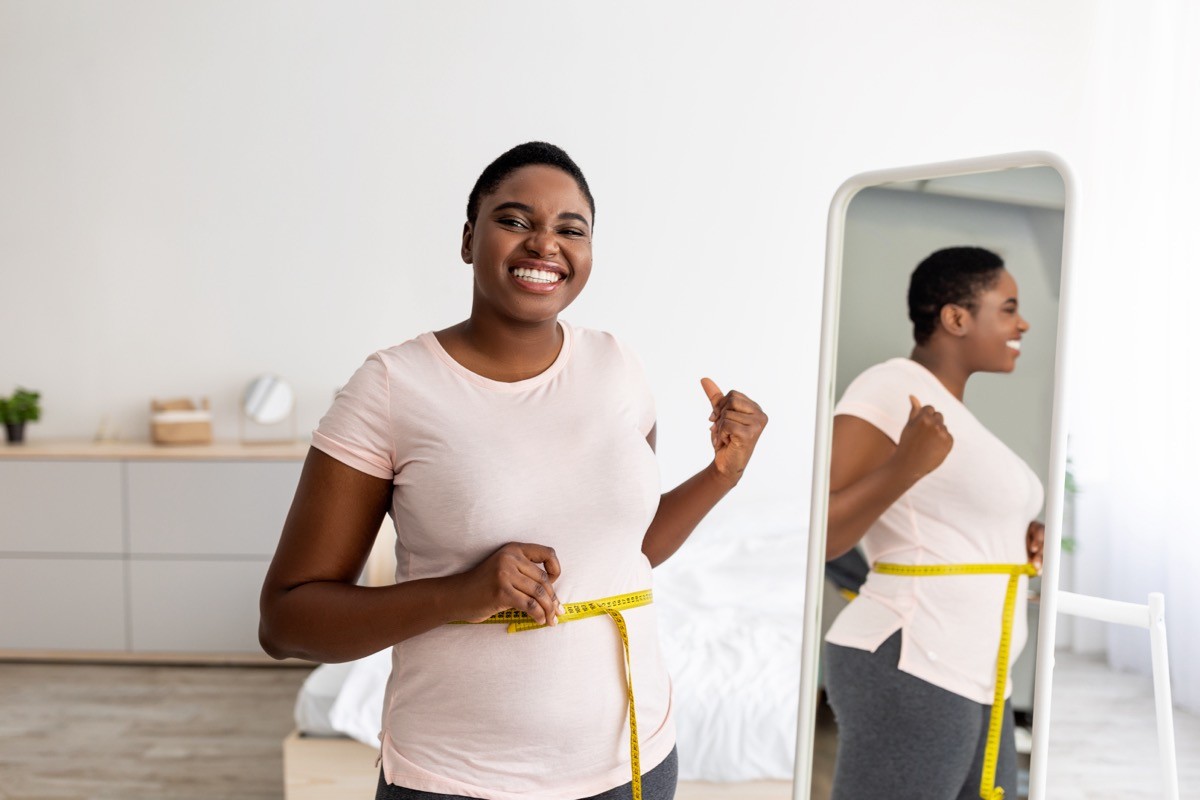
The final step is monitoring your progress. "Evaluate your progress regularly by revisiting your goals. Decide which parts of your plan are working well and which parts need to be changed. Use this information to revise your goals and plan," they say. "If you consistently meet a particular goal, add a new goal to help continue your pathway to success."
RELATED: 8 High-Protein Foods with Nearly Zero Calories That Melt Fat
Finally, Reward Yourself

"Reward yourself for your achievements! Recognize when you're meeting your goals and be proud of your progress. Use non-food rewards, such as a bouquet of fresh flowers, a sports outing with friends, or a relaxing bath. Rewards help keep you motivated on the path to better health," they conclude. And if you enjoyed this article, take advantage of these 15 Quick Ways to Lose Body Fat Percentage in a Week.




